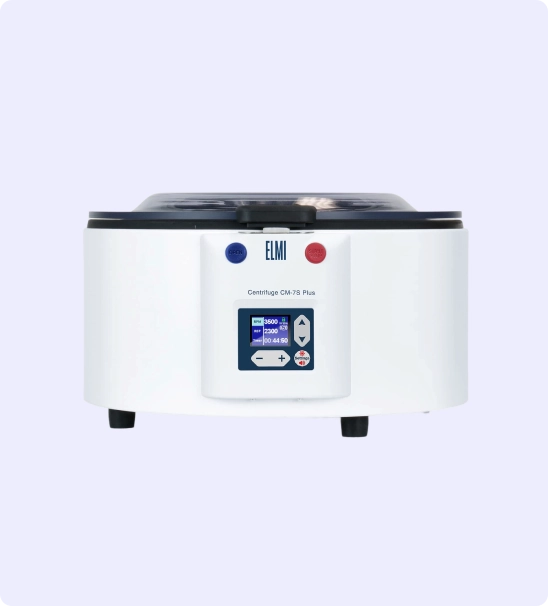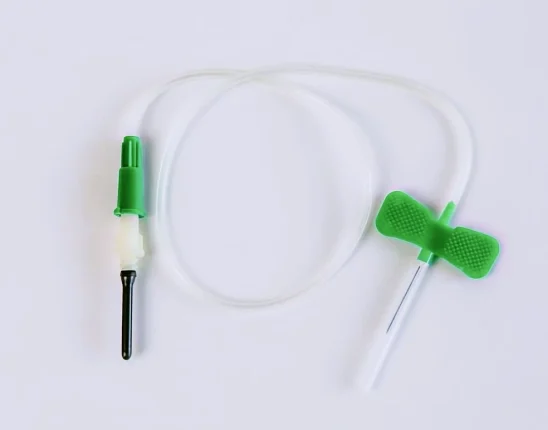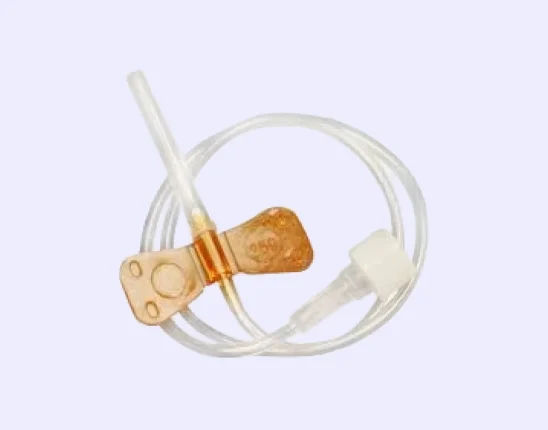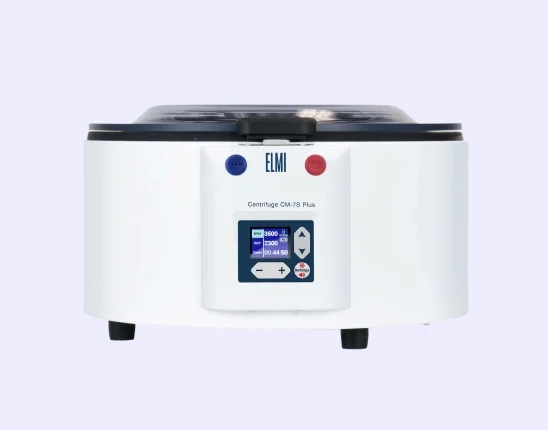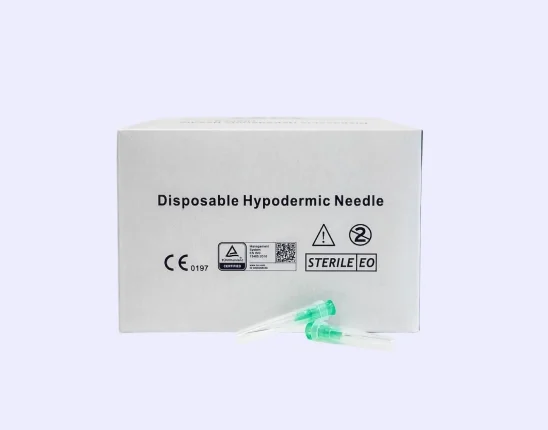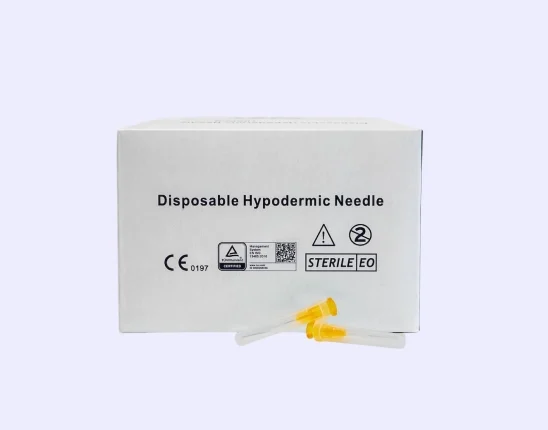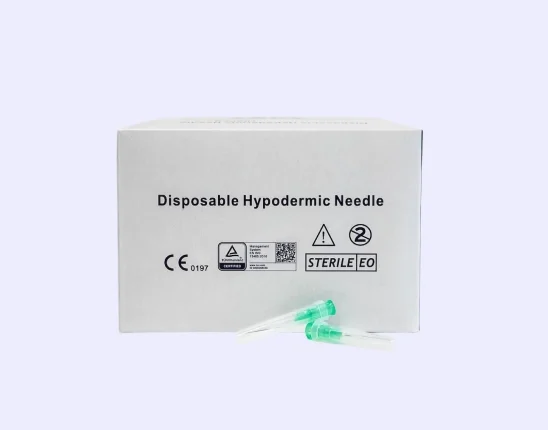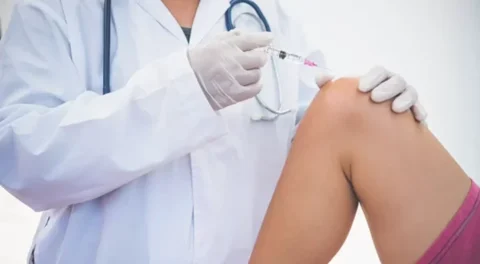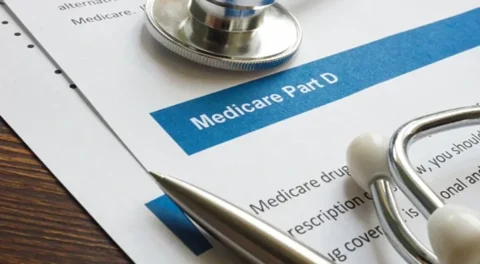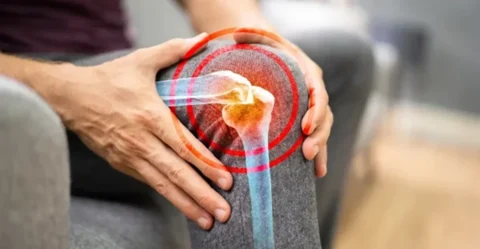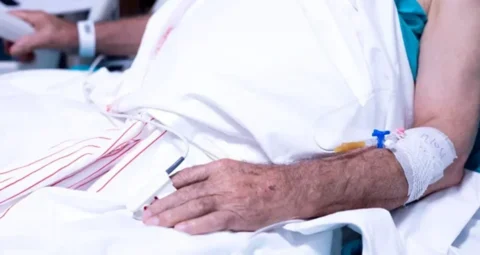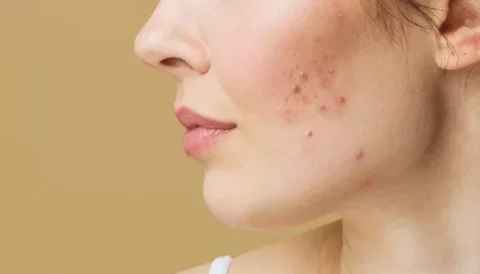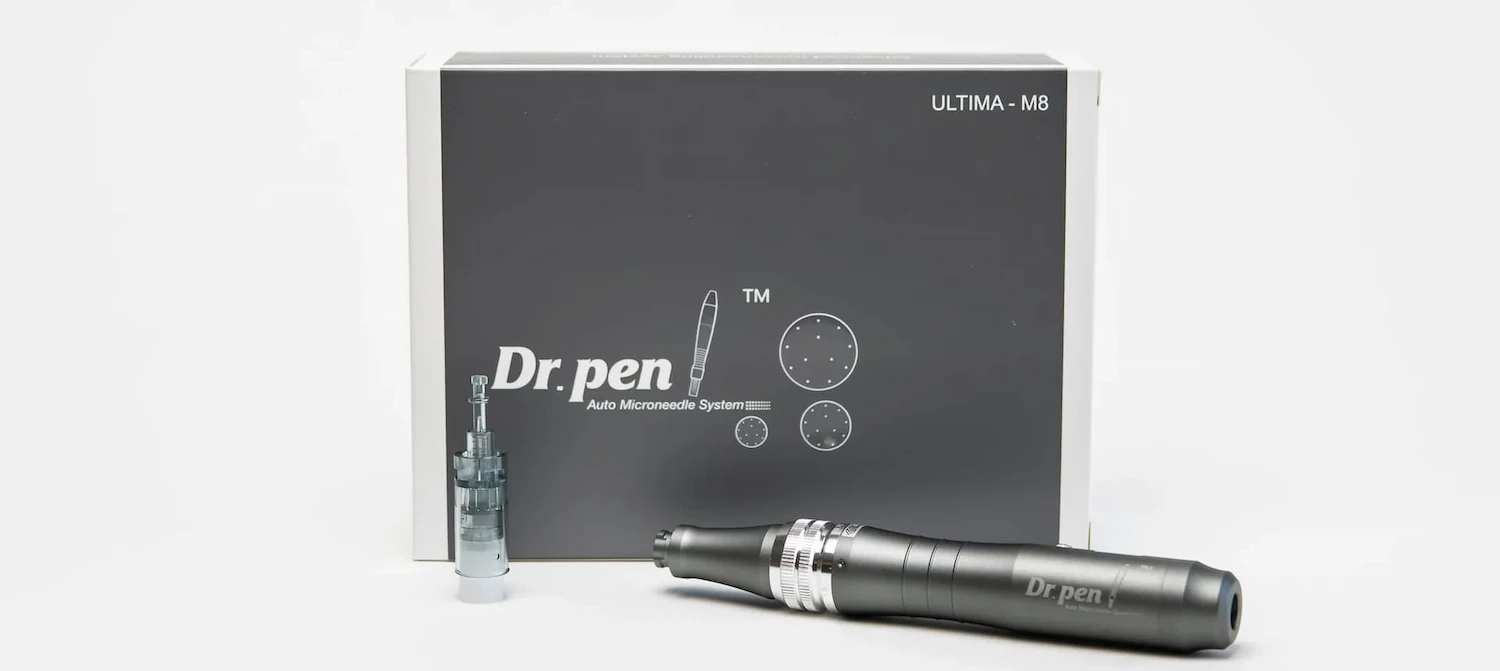There are several types of hair loss people can go through in their lifetime – and while you can lose your hair in a number of different ways, you can also help prevent hair loss and encourage hair growth just as much. For most patients with these conditions, it’s often a balancing act to keep their hair loss treatments balanced with their hair care products, like interactions between PRP injections and anti-dandruff shampoo.
Can you get PRP treatments for hair loss while using products that contain piroctone olamine? Admittedly, there isn’t a lot of research about the potential interactions between the two. While the specifics of their interaction and their use are best left to your PRP provider and/or dermatologist, there are some best practices that you can follow if you need to use both of these treatments to keep your hair healthy.
How Can Piroctone Olamine and PRP Injections Interact?
On cursory examination, there’s not a lot of intersection between PRP injections and piroctone olamine treatments, since they’re usually found in very different products.
- PRP injections are platelet concentrations that are processed from your own blood and injected back into your body – usually around your scalp for different types of hair loss
- Piroctone olamine is a compound usually found in anti-dandruff shampoo and medication and is widely used because of its antifungal properties that help manage dandruff
Both of these treatments are applied to your scalp, though PRP treatments do reach beneath the dermal layer to encourage hair growth and improve scalp health overall. Piroctone olamine products can help lessen the strain on your hair overall by reducing dandruff, as well as any other beneficial effects that may be added with your shampoo.
Normally, there are almost zero opportunities for these products to interact since one takes place on your skin while the other works on changes below it. However, there is one specific window of time where it’s possible for PRP treatments for hair loss and piroctone olamine can interact: when you use your anti-dandruff shampoo soon after your PRP injections.
What Happens If You Use Piroctone Olamine After PRP Treatment?
PRP injections are fairly non-invasive compared to other hair loss treatments like hair transplantation surgery. With this type of treatment, there’s no need for any incisions, cuts, or grafting around your skin and scalp – all your provider needs to do are injection treatments.
The Risk
While this certainly sounds less stressful for your skin to go through, it doesn’t mean that it goes through the process unscathed. When you get injection treatments (or any treatment that goes underneath or through your skin in some way) the entry point of these injections leaves micro-channels or micro-tears in your skin. These do heal eventually, but there’s always a brief period where your skin is open to the outside.
Your skin is the largest organ in your body. One of its many important functions is to act as a barrier between your internal organs and the outside world, preventing many surface-borne particles like viruses or bacteria from entering your system. Any break in the skin, no matter how minor, can let foreign substances inside your body.
The Aftermath
The aftermath of this can vary differently between patients. Injection treatment can manifest in anything from allergic reactions to skin infection at the site of your treatment. These circumstances are usually rare and are mostly caused by negligence by your injector during and after your treatment. Unless you have extremely sensitive skin or deliberately expose yourself to potential infections, you should be fine after injection treatment.
However, since there are several different injection sites used in PRP treatment, the risk of getting unwanted application site reactions is much higher. Not many studies have been done about the effects of piroctone olamine once it enters your bloodstream or when it gets under your skin, mainly because it was designed to never have that application at all.
The Fallout
When patients use anti-dandruff shampoo directly after PRP injections, some may think about what’s liable to happen. Science doesn’t have a clear answer for this – mainly because of the lack of study, but also because if something negative does happen, it’s unlikely to be serious or widespread enough that it’s a common concern or a talking point between PRP patients and PRP providers.
Judging from other possible side effects from topical products applied to PRP injection sites, you can experience overall irritation of the skin. Since your skin isn’t built to handle chemical compounds like piroctone olamine getting underneath the layer instead of staying above, you may experience something similar to allergic reactions.
THE PERFECT NEEDLES FOR YOUR PATIENTS. CODE “20OFF” FOR 20% OFF YOUR FIRST ORDER!
FACE Med Store supplies countless doctors and clinics with all their supplies, including top-of-the-line hypodermic needles. Get your hypodermic needles at 20% off today!
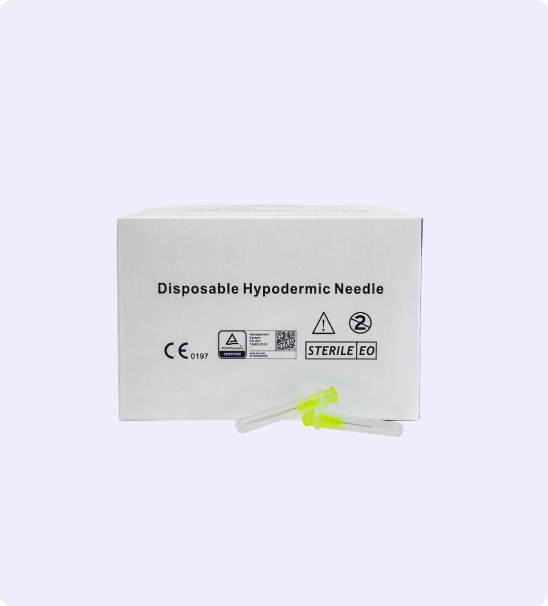
Why Can Reactions Differ?
There are several reasons why providers would recommend against you using topical applications that may be harsh on your skin like piroctone olamine, including but not limited to:
- The relative unknowns with using that particular product on recently-injected skin
- The different reactions that patients may have to PRP treatment
- The different types of patients that can go through PRP treatment,
- The different types of anti-dandruff shampoo that patients can use
- The complications that can come from PRP treatment may be mistakenly attributed to piroctone olamine
- The possible interactions long-term with regular users of anti-dandruff shampoo and PRP injections
- The effects of regular PRP injections on a person’s likelihood of getting dandruff
Overall, there are far too many unknowns for providers to take risks with when using PRP treatments. For the best possible outcome for your PRP treatment, providers will always recommend that you not complicate your treatment in any way.
Should I Stop Using Anti-Dandruff Shampoo While on PRP Treatment?
For more cautious patients, the possibility of experiencing side effects from piroctone olamine might sound too scary to risk. So should you just avoid piroctone olamine altogether after PRP treatments?
This can be a difficult decision to make for some patients – for many people, anti-dandruff shampoo is an essential part of their grooming habits and it’s not always easy to replace. Alternatives to anti-dandruff shampoo can be somewhat expensive, and relying on natural products and remedies doesn’t always give you guaranteed results.
Fortunately, the overall side effects that you may experience from using anti-dandruff shampoo while on PRP treatment are very minor. With an experienced PRP provider and with the advice of your dermatologist, you can make an educated call about the use of anti-dandruff shampoo while on PRP injections. Most of the time, you’ll be fine – as long as you follow post-care instructions from your PRP provider after your injections.
When to See a Doctor
Overall, patients who get PRP injections can generally keep using most hair care products during their treatment, even ones that contain piroctone olamine. But since the knowledge about the interactions between these two compounds is still relatively unknown, you should keep in mind to ask a medical expert for advice the moment you experience the following:
- Any irritation or inflammation on your injection site that lasts more than several days
- Pain, discomfort, or other strange sensations around your injection site
- Increased skin sensitivity on your next PRP injection
- More dandruff compared to before you started your PRP treatments
- An increased or sudden occurrence of hair fall
- Changes in the appearance or quality of your hair
- Itching, skin discoloration, or any changes in the health and appearance of your scalp
If you experience anything out of the ordinary or beyond what your PRP provider told you to expect after your injections, stop using your piroctone olamine product immediately and see a professional.
Get High-Quality Medical Tools and Supplies From FACE Med Store Today
-
 Butterfly Needle – 23G 3/4 in. x 12 in. with sliding safety shield- Box of 100
Butterfly Needle – 23G 3/4 in. x 12 in. with sliding safety shield- Box of 100 -
 Butterfly Needle – 25G 3/4 in. x 12 in. with sliding safety shield- Box of 100
Butterfly Needle – 25G 3/4 in. x 12 in. with sliding safety shield- Box of 100 -
 CM-7S PRP Plus
CM-7S PRP Plus -
 30 Gauge 13mm (0.5 inch) Hypodermic needles
30 Gauge 13mm (0.5 inch) Hypodermic needles -
 32 Gauge 13mm (0.5 inch) Hypodermic needles
32 Gauge 13mm (0.5 inch) Hypodermic needles -
 34 Gauge 4mm (0.16 inch) Hypodermic needles
34 Gauge 4mm (0.16 inch) Hypodermic needles -
 32 Gauge 4mm (0.16 inch) Hypodermic needles
32 Gauge 4mm (0.16 inch) Hypodermic needles -
 Butterfly Needle – 21G 3/4 in. x 12 in. with sliding safety shield- Box of 100
Butterfly Needle – 21G 3/4 in. x 12 in. with sliding safety shield- Box of 100 -
 Blood Draw Needle Holder (Vacutainer) – Bag of 100
Blood Draw Needle Holder (Vacutainer) – Bag of 100
Piroctone olamine is a key ingredient for many hair care products, especially for its antifungal properties. While there aren’t many studies that show the exact interactions between products with piroctone olamine and PRP injections, the mechanism of how both treatments work may make them safe for use at the same time. To be completely sure, check with your PRP provider before using any anti-dandruff shampoo or other products with piroctone olamine on your skin or scalp.
As a long-trusted provider of medical tools and supplies, FACE Med Store has helped patients and providers alike to maintain a high standard of treatment without worrying about the cost. As experts in sourcing medical and cosmetic supplies, we hold ourselves to a high standard both in our products and customer experience. With affordable medical-grade products, we help you with your care needs both at home and in the clinic.
For more information about us and our products, visit our website today.
